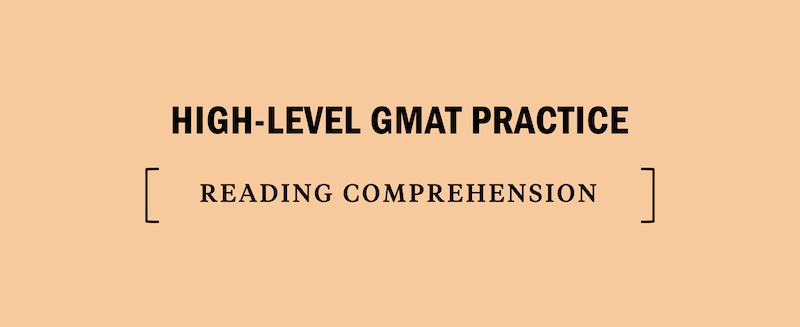5 Tips for GMAT Table Analysis Questions
The Table Analysis questions (one of five problem types in the Data Insights section), will present one large table with a drop-down menu that allows you to sort information from the table by column. Each question will have three either-or statements (yes/no, true/false, inferable/not inferable, etc), and you will be required to pick one choice for each statement. All three statements must be correct for the question to be correct.
This article covers five strategies for solving table analysis questions on the GMAT.




